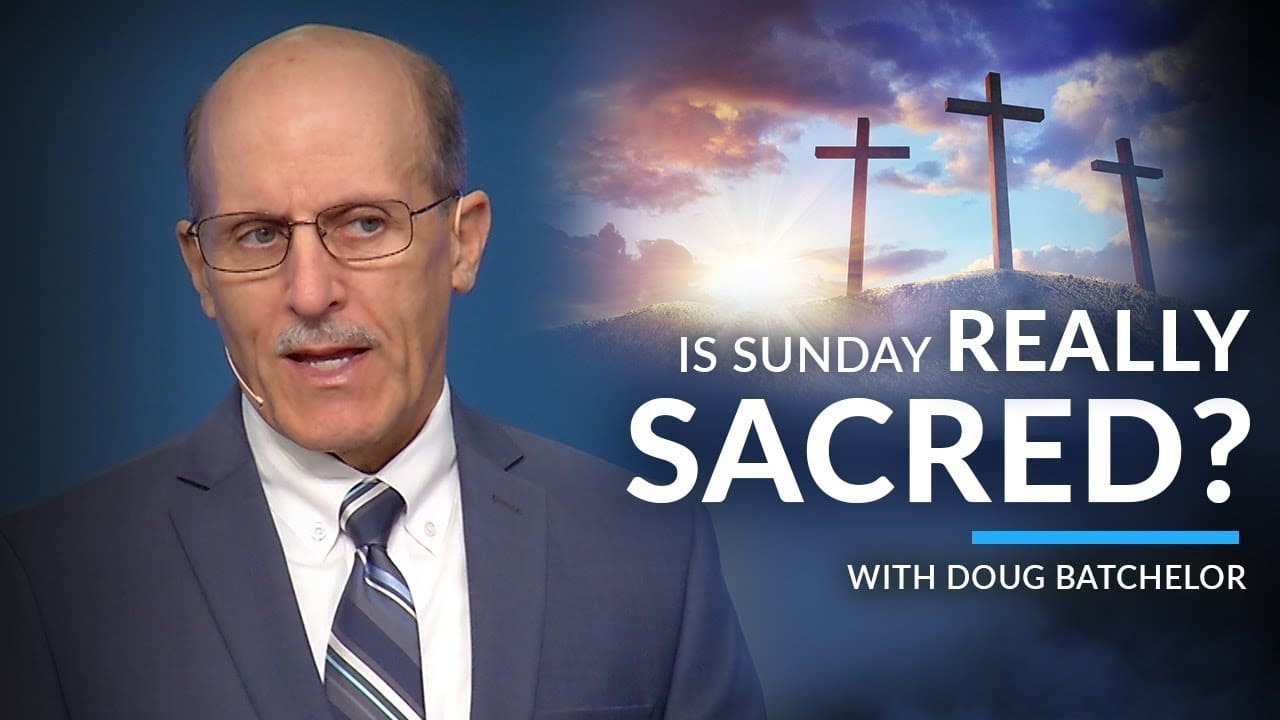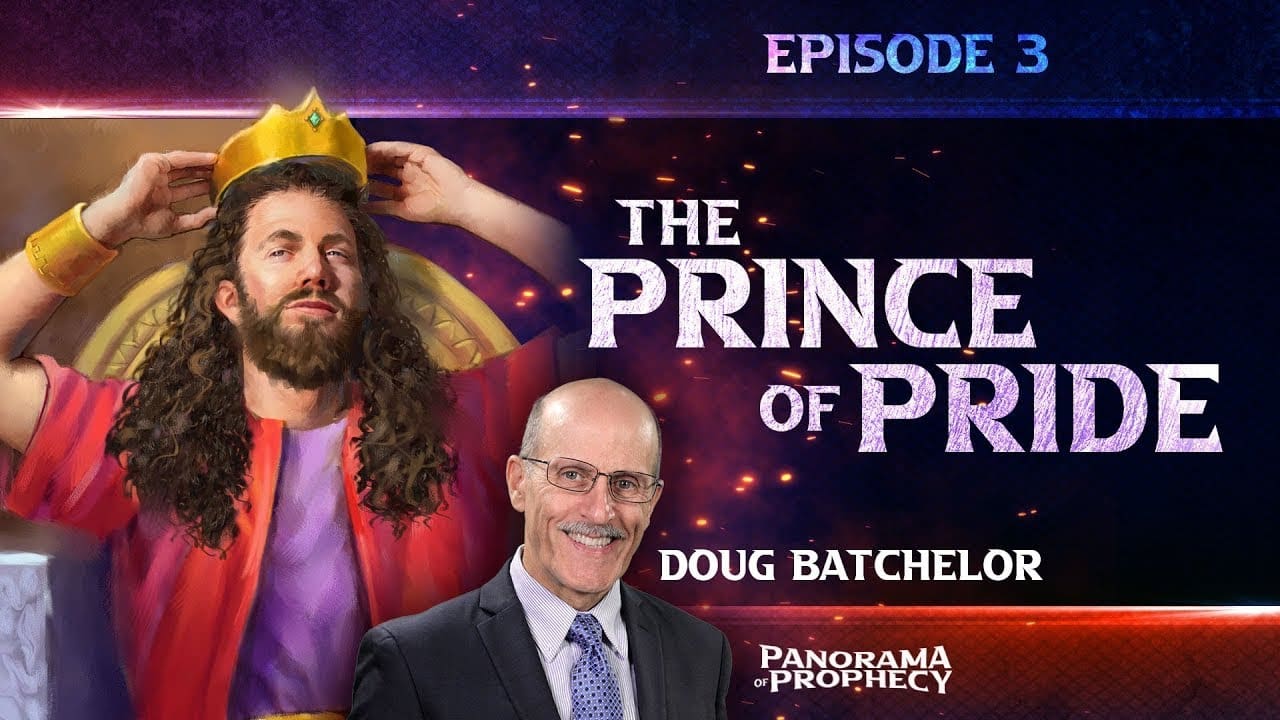When does the Sabbath Start?
In today’s world, a day is considered to begin and end at midnight. But this was not always the case. In the days before clocks, starting days at midnight was not possible. You could not use a sundial, and there was, and is, no astronomical sign to indicate midnight. So obviously people of ancient times could not begin their day at midnight. Sunset was the clearest marker to express the end of one day and the beginning of the next. The setting of the sun is the astronomical sign God has given this world to mark off the days.
“Then God saw everything that He had made, and indeed it was very good. So, the evening and the morning were the sixth day. Thus, the heavens and the earth, and all the host of them, were finished. And on the seventh day, God ended His work which He has done, and He rested on the seventh day from all His work which He had done. Then God blessed the seventh day and sanctified it because in it He rested from all His work which God had created and made” (Genesis 1:31-2:3).
The Sabbath is as ancient as creation itself. God sanctified and blessed the day He rested upon after He created this world. God also revealed when the Sabbath day would start and when it would end. In Genesis chapter 1 we are told six times that a day is composed of an ‘evening and a morning’ with the day beginning in the evening (the dark part of the day) and ending with the morning (the light part of the day). See Genesis 1:5, 8, 13, 19, 23, and 31.
To clarify it further, God later commanded the Israelites to observe the Sabbath “from evening to evening” (Leviticus 23:32). From this we understand that from the evening of one day to the evening of the next constituted one full day. A day began when the preceding day closed, in the evening. Opening the Sabbath on Friday evening has been the practice of faithful Jews ever since.
 The question may be asked, at what point during the evening hours does the Sabbath begin and end? Once again, the Bible makes it clear.
The question may be asked, at what point during the evening hours does the Sabbath begin and end? Once again, the Bible makes it clear.
“Evening” or “even” is when the sun is even with the horizon, what we call sunset. “In the evening, at the going down of the sun …” (Deuteronomy 16:6). Ceremonial cleansing was declared to be complete “when the sun sets” (Deuteronomy 23:11).
When the Israelites returned to Jerusalem after the Babylonian captivity, Nehemiah, the governor, had to teach them how to observe the Sabbath properly. He commanded that no buying or selling was to take place during the sacred Sabbath hours. To prevent merchants from coming into the city to sell their merchandise, Nehemiah commanded that “the gates of Jerusalem” be shut and guarded “as it began to get dark before the Sabbath” and “charged that they must not be opened till after the Sabbath” (Nehemiah13:19).
All work, except for those services essential for relieving the suffering of man and beast, is to be set aside at sunset Friday evening.
“On the Sabbath, He (Jesus) entered the synagogue and taught . . .and at evening, when the sun had set, they brought to Him all who were sick” (Mark 1:21, 32).
The Jews strictly observed the timing of the Sabbath and would not bring their sick to be healed until after the sun had set on the Sabbath day.
The religious leaders disagreed with how Jesus observed the Sabbath, but never when He kept it. He kept the same Sabbath they did. Jesus reproved the Pharisees for the extra regulations they added to the Sabbath, but not for when they kept it.
Sabbath-keeping in the Polar Regions.
Another question may be asked at this time, how can someone keep God’s holy day of rest every week in such remote places as the Arctic and the Antarctic? Trying to observe the Sabbath in these remote areas by using sunset as the marker for its beginning and ending, is virtually impossible. This is because the sun does not set below the visible horizon for a period of time in the summer and does not come above the horizon during parts of winter.
The Arctic Circle begins at latitude 66° 33′ and includes all regions north of this line. Within this circle, the sun is above and below the horizon for 24 straight hours at least once per year. It is the same in the Antarctic Circle, the equivalent polar region in the Southern Hemisphere.
Although no quick solutions exist for keeping the fourth commandment in such regions as the Arctic and the Antarctic, some acceptable alternatives include the following.
- When there are no sunsets during winter, the end of twilight, as indicated by astronomical tables, could be looked upon as the start of the Sabbath.
- The Sabbath can also be kept by using astronomical computations to determine when the sun is closest to the horizon, or at its zenith (summit) on Friday until it returns to this same location on Saturday.
- One can also define, in such regions, the starting and ending of the Sabbath based on when the sun sets just south of the Arctic Circle or north of the Antarctic Circle.
In areas of the polar regions the sun can set very early, very late, or even not at all. It is therefore suggested that the Sabbath be observed from 6 pm to 6 pm, according to the equatorial sunset time. This method preserves the integrity of the sixth working day, is compatible with the sunset time of Bible lands, and respects the working schedule of most people living in these regions. This is the easiest and most sensible solution to the problem. (www.bibleinfo.com/en/questions/which-day-is-sabbath)
In the places where the time between sunsets is more than twenty-four hours, God has given a certain amount of flexibility so that His Sabbath day can be observed at a time approximating sunset (beginning at 6 pm and ending at 6 pm). When the Sabbath was re-discovered around the year 1845, the 6 pm to 6 pm time was first followed by early Sabbath-keeping believers. But after more study, they eventually settled on the Bible’s definition of a day being from sunset to sunset. This makes it easy for people around the globe to determine its beginning and ending in their particular time zone. Obviously, the Sabbath will be kept at different times in different locations, even within the same country.
Made holy by the Creator’s rest and blessing, the Sabbath was kept by Adam in his innocence in holy Eden; by Adam, fallen, yet repentant, when he was driven from his happy home. And all the patriarchs kept it, from Abel to righteous Noah, Abraham, and Jacob. When the chosen people of God were in bondage in Egypt, many, amid prevailing idolatry, lost their knowledge of God’s law; but when the Lord delivered Israel, He proclaimed His law with awe-inspiring grandeur from the top of Mt Sinai, so that they might know His will, and fear and obey Him forever. Then He carved His law, the basis of His covenant with Israel, into stone so that it could never be erased, and so that God’s people would have no excuse for forgetting the Sabbath day.
“Remember the Sabbath day, to keep it holy. Six days you shall labour and do all your work, but the seventh day is the Sabbath of the LORD your God. In it, you shall do no work . . . For in six days the LORD made the heavens and the earth, the sea, and all that is in them, and rested the seventh day. Therefore, the LORD blessed the Sabbath day and hallowed it” (Exodus 20:8-11).
From that day to the present, the knowledge of God’s law has been preserved on the earth, and the Sabbath of the Fourth commandment has been kept by faithful bands of people ever since despite experiencing hardship and persecution.
(All Bible references are from the NKJV unless otherwise specified).













